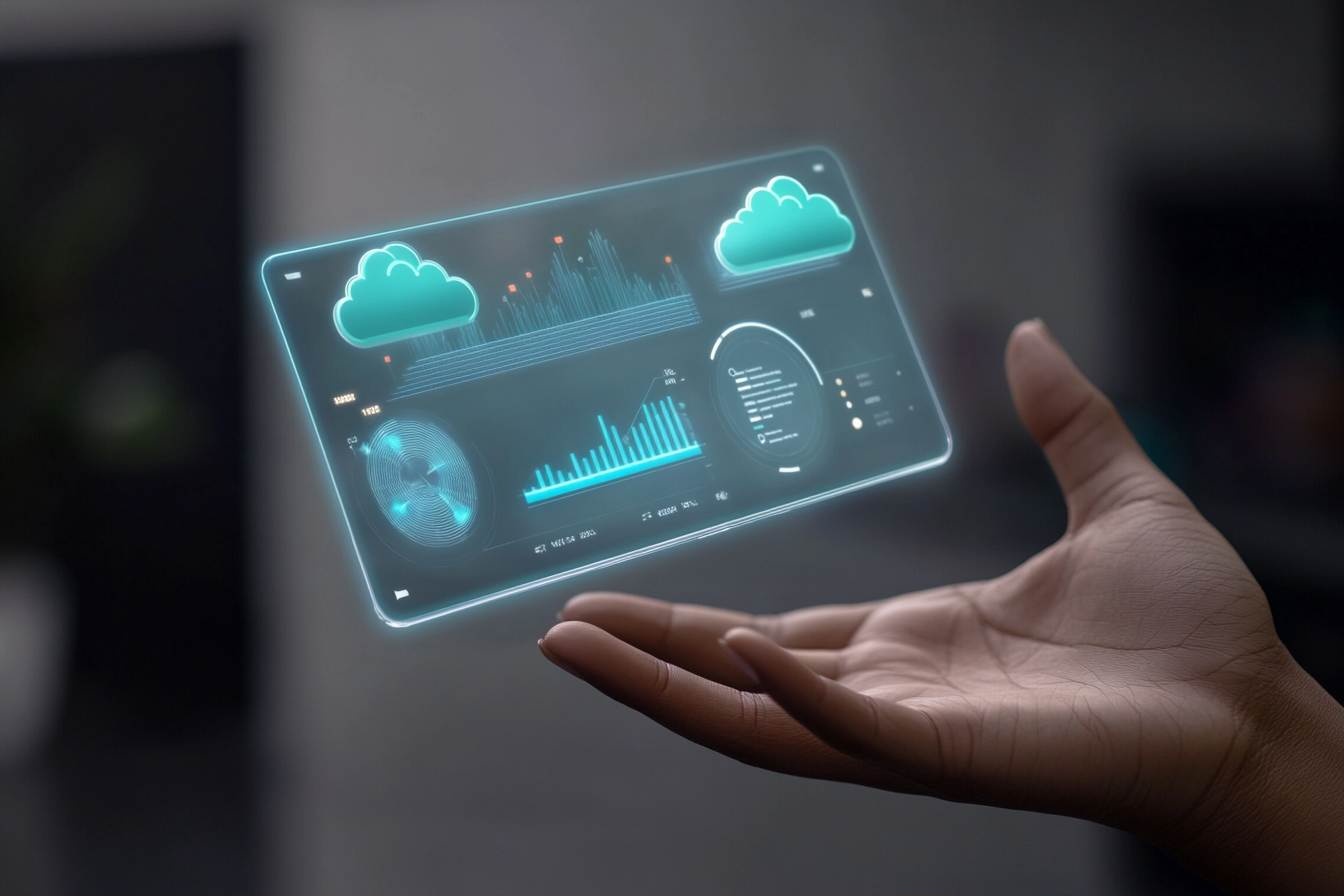Holographic Touch: The Future of User Interfaces
In a world where screens dominate our interactions with technology, a groundbreaking innovation is poised to revolutionize the way we engage with digital interfaces. Holographic touch technology, once relegated to the realm of science fiction, is now emerging as a tangible reality. This cutting-edge development promises to transform our daily interactions with devices, offering a more intuitive and immersive user experience that could redefine the boundaries between the physical and digital worlds.

In the early 2000s, researchers at various institutions started exploring the possibility of creating tactile feedback in free space. These initial attempts were largely unsuccessful, as they struggled to produce a sensation of touch without physical contact. The breakthrough came in 2014 when a team from the University of Bristol developed a system using focused ultrasound waves to create the sensation of touch in mid-air.
How Holographic Touch Works
At its core, holographic touch technology combines three key elements: holographic display, gesture tracking, and haptic feedback. The holographic display creates three-dimensional images that appear to float in space, typically using a combination of lasers, mirrors, and specialized screens. Gesture tracking systems, often employing infrared cameras or depth sensors, monitor the user’s hand movements with high precision.
The magic happens when these components are integrated with haptic feedback systems. Using arrays of ultrasonic transducers, these systems create areas of high and low air pressure. When a user’s hand intersects with these areas, they experience a tactile sensation, mimicking the feeling of touching a physical object. This illusion of touch is so convincing that users can “feel” the texture and resistance of virtual objects.
Current Applications and Prototypes
While holographic touch technology is still in its early stages, several companies and research institutions are making significant strides in its development. Japanese company Aerial Burton has demonstrated a system that creates touchable holograms using lasers to ionize air molecules. Users can interact with these holograms and receive tactile feedback, opening up possibilities for applications in advertising, entertainment, and public information displays.
In the medical field, researchers at the University of Cambridge are exploring the use of holographic touch interfaces for surgical planning and training. Their system allows surgeons to manipulate 3D models of patient anatomy in mid-air, providing a more intuitive way to plan complex procedures.
The Potential Impact on User Interfaces
The implications of holographic touch technology for user interface design are profound. Traditional input methods like keyboards, mice, and touchscreens could become obsolete as we move towards more natural, gesture-based interactions. Imagine manipulating 3D models in CAD software by shaping them with your hands in mid-air, or controlling smart home devices with simple gestures in space.
This technology could also revolutionize public spaces. Interactive holographic displays could replace traditional information kiosks, allowing users to navigate maps, browse information, and even make purchases without touching any physical surfaces – a particularly appealing feature in a post-pandemic world.
Challenges and Limitations
Despite its potential, holographic touch technology faces several hurdles before widespread adoption. One of the primary challenges is achieving high-resolution, full-color holograms that are visible in ambient light conditions. Current systems often require dim lighting or specialized viewing conditions to be effective.
Another significant challenge lies in refining the haptic feedback to provide more nuanced and realistic tactile sensations. While current systems can create basic touch sensations, they struggle to replicate complex textures or varying levels of resistance.
The Road Ahead
As research continues and technology advances, we can expect to see rapid improvements in holographic touch interfaces. The integration of artificial intelligence could enhance the system’s ability to predict user intentions and provide more accurate feedback. Additionally, advancements in nano-materials and photonics may lead to more compact and energy-efficient holographic displays.
The potential applications of this technology extend far beyond consumer electronics. From revolutionizing medical training and surgical procedures to transforming industrial design and manufacturing processes, holographic touch interfaces have the power to reshape numerous industries.
As we stand on the cusp of this technological breakthrough, it’s clear that holographic touch represents more than just a new way to interact with our devices. It’s a paradigm shift that could fundamentally alter our relationship with the digital world, blurring the lines between physical and virtual reality in ways we’re only beginning to imagine.





